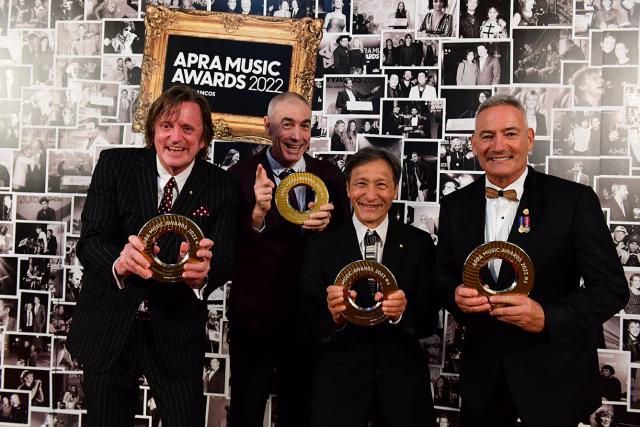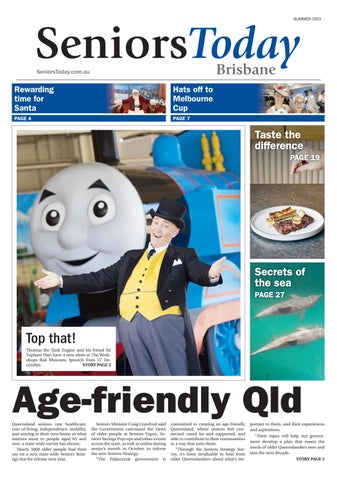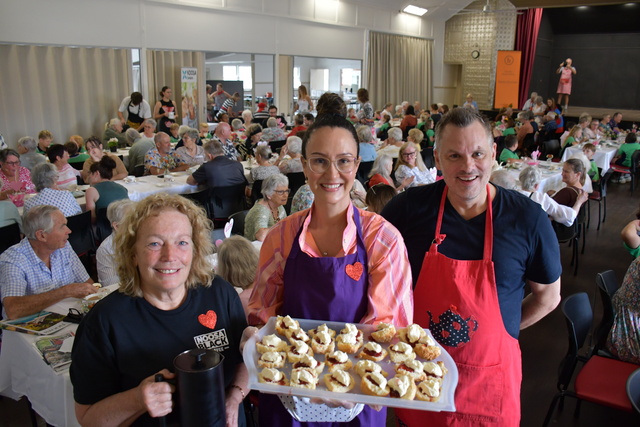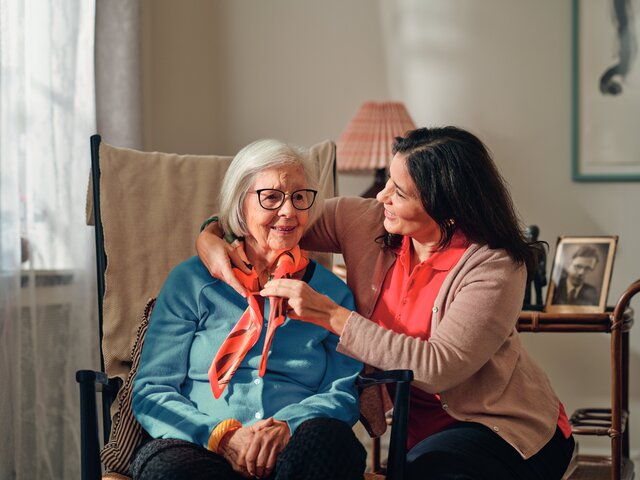Former yellow Wiggle Greg Page is hoping to help prevent more families across Australia from losing a loved one from to Cardiac Arrest, it’s an all-too-common occurrence but one Page is hoping to reduce, even just a little.
It’s also a very personal campaign for the well-known performer who very publicly came close to being another cardiac arrest statistic during a Wiggles reunion performance a couple of years back.
However, an AED (automated external defibrillator) and some quick-thinking bystanders meant he not only lived to tell the tale, but he could also get back on stage again.
The incident taught Greg how lucky he was and made him determined to help more people to survive such an event.
Out of his experience he created “Heart of the Nation” with an aim to make AEDs easier to reach when someone goes into cardiac arrest.
Having an AED within three minutes of someone can an increase survival rates by 200-300 per cent according to Greg.
“The Heart of the Nation has several initiatives that we’re undertaking to try and create greater awareness about sudden cardiac arrest and bystander response,” he said.
“It’s been an interesting couple of years since we began this after my cardiac arrest but what we find is that the biggest barrier is just for people to understand the difference between a heart attack and a cardiac arrest. They’re two different things.
“Heart attacks are fairly common in modern day Australia – there is something like one every ten minutes but not every heart attack will lead to a cardiac arrest. It’s still a significant amount of people every year that have a cardiac arrest.
“The difference between the two – just for people to understand – a heart attack is a plumbing problem with the heart, it’s usually a narrowing or blockage of one of the arteries in the heart and that will cause pain in the chest or shortness of breath, dizziness, fatigue – all of those classic symptoms we associate with a heart attack. But a cardiac arrest is when the heart actually stops beating. In heart attack situation the blood flow is restricted but the heart is still beating and pumping blood around the body albeit restricted. Cardiac arrest is when the heart actually stops beating because the electrical system of the heart is not operating, telling the heart to pump blood as it should normally do and when that happens the only thing that is going to stop that from deteriorating and that person dying is what we call the chain of survival.”
The chain of survival means someone needs to observe that the person has collapsed, and they are no longer breathing and responding, they then need to call triple 0, start CPR and use an AED.
“It’s that final link in what we call the chain of survival – the AED – that makes the biggest increase in survival,” Greg explained.
“Knowing where an ÄED is located or having one nearby is what can make the greatest difference in terms of life and death for someone who is in cardiac arrest.”
NEW INITIATIVE
Heart of the Nation is about to launch an initiative aimed at getting more AEDs out where they can do the most good – residential areas.
“It’s a program called Heart of the Nations Communities,” he said.
“Because 80 per cent of cardiac arrests happen in the home, we actually find that is where we find there is the least survival. In residential areas, AEDs aren’t that prevalent or prominent. What we observe is that in that 20 per cent of cases where cardiac arrests occur in public places – shopping centres, work, sporting fields there are more AEDs in those places, so if you have a cardiac arrest as I did at a public venue, the chance of survival is greater. We see survival rates of 30-50 percent in public places. In homes survival rates is much much lower – it’s probably around two-five percent because you are waiting, in most cases, for an ambulance to arrive.
“Ambulance response times around Australia, are on average, 21 minutes and that is far too long to be waiting for an AED or defibrillator to shock the patient’s heart and trying to get it going again.
“So having an AED in your community, one in your street, one in your local area, can mean the difference – literally – between life and death. If someone has access to that they can go and retrieve it and bring it back within three to five minutes and your chances of survival skyrocket.”
COMMUNITY ACCESS TO AEDS
Heart of the Nation is looking for people in communities to put up their hands and say they want to be a community lead for the program.
“They will then engage with Heart of The Nation and then go back into the community, go back to their neighbours and say – this is what we need in our community,” he said.
The group will then provide a fundraising pack for that community and the lead can go to forty homes in the area – if each home puts in $80 that will purchase a package that will see an AED go on the front wall of someone’s home.
“Every house will know where the AED is located,” Greg said.
“The life of the AED is eight years, and the package includes the AED, a cabinet to store it in, a tracking device so the community knows as soon it’s been moved. It can send a text message to whoever you want, who can go and check on it and make sure it’s being taken for the right reasons or can go photograph someone who might be stealing the AED. You will be able to track it and see where it goes. It will also include a set of replacement pads and battery. Within the life of the
AED, generally, the battery and pads will need to be replaced at some stage -it’s usually about the halfway mark. So around four years we will send you out a new battery and pack for the device. That package costs $2990 and it’s so cheap.”
He said spread out across 40 house it ends up costing around $9 a year per household.
“That’s less than the cost of two cups of coffee per year,” Greg said.
“So, it’s a very very affordable way to try and protect the community against cardiac arrest and try and increase survival rates.”
For more information on the initiative head to the Heart of A Nation Website









